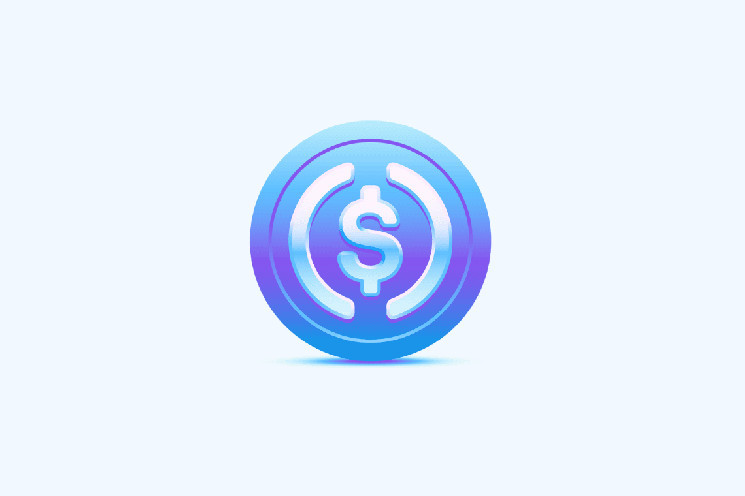Circle, the stablecoin issuer, has announced the launch of USDC on Celo, a Layer 1 compatible with EVM currently transitioning to an Ethereum Layer 2 scaling protocol.
The decision on adopting USDC as the official currency of Celo gas will be subject to an upcoming governance vote. Let’s see all the details below.
Summary
Circle leverages Celo: USDC expands on an EVM-compatible layer 1
As anticipated, Circle, the stablecoin issuer that includes USDC and EURC, has announced the launch of its US dollar-pegged stablecoin on Celo, a Layer 1 currently transitioning to an Ethereum Layer 2 scaling network Ethereum.
In addition to the native token launch, an upcoming governance vote will be crucial in determining whether USDC will assume the role of the official gas currency on Celo.
Shamus Noonan, Senior Manager, Business Development at Circle, stated the following:
“Circle is excited to join the Celo ecosystem, a blockchain recognized for offering fast and low-cost payments globally. This collaboration will help expand access to USDC and leverage Celo’s mobile-first user base in regions with higher blockchain adoption.”
Initially born as an EVM-compatible Layer 1, Celo has focused its attention on scalability.
However, in July, cLabs, the development company of Celo, successfully proposed the transition of the network to an Ethereum Layer 2 scaling protocol through a majority vote towards the end of the month.
Currently, Celo’s native token, CELO, is traded at around $0.67, registering a 2% increase compared to the previous 24 hours, according to data from The Block.
Circle and Solana join the Council to shape the regulatory crypto future
The Crypto Council for Innovation (CCI), the leading alliance of global cryptographic companies, announced the entry of two new prominent members during the Davos conference of the World Economic Forum in January.
Circle, a well-known issuer of USD Coin (USDC), and the Solana Foundation, supporter of the Solana blockchain, have joined the impressive ranks of the CCI, following the entry of Google into the council a few weeks earlier, during CES 2023.
The importance of having a ‘seat at the table’ is growing more and more for blockchain projects and companies that find themselves facing complex regulatory contexts around the world.
The decision of Circle and Solana to contribute to the CCI underlines how central the organization has become in consolidating influence in the sector.
Both companies have emphasized the CCI’s commitment to constructive regulatory dialogue as the foundation of their decision to join.
In particular, Dante Disparte from Circle stated:
“We foresee a year of significant collaboration, with the aim of establishing new standards for the industry and working towards a regulatory environment that supports the safe and sustainable growth of open money.”
With the expected increase in supervision by entities such as the Securities and Exchange Commission, the Federal Reserve, and other organizations in 2023, unity and coordination will become crucial.
Groups like CCI, Proof-of-Stake Alliance, and Crypto Forum will need to work closely together to effectively communicate priorities or concerns to politicians who are unfamiliar with the nuances of cryptocurrencies.
The entry of Circle and Solana into the CCI council should allow for a more targeted strategy in dealing with regulators.
This could also help balance the dominant perspective of exchanges on the board with additional DeFi and infrastructural viewpoints, thus creating a more comprehensive and inclusive regulatory framework for the cryptocurrency sector.
 en.cryptonomist.ch
en.cryptonomist.ch
